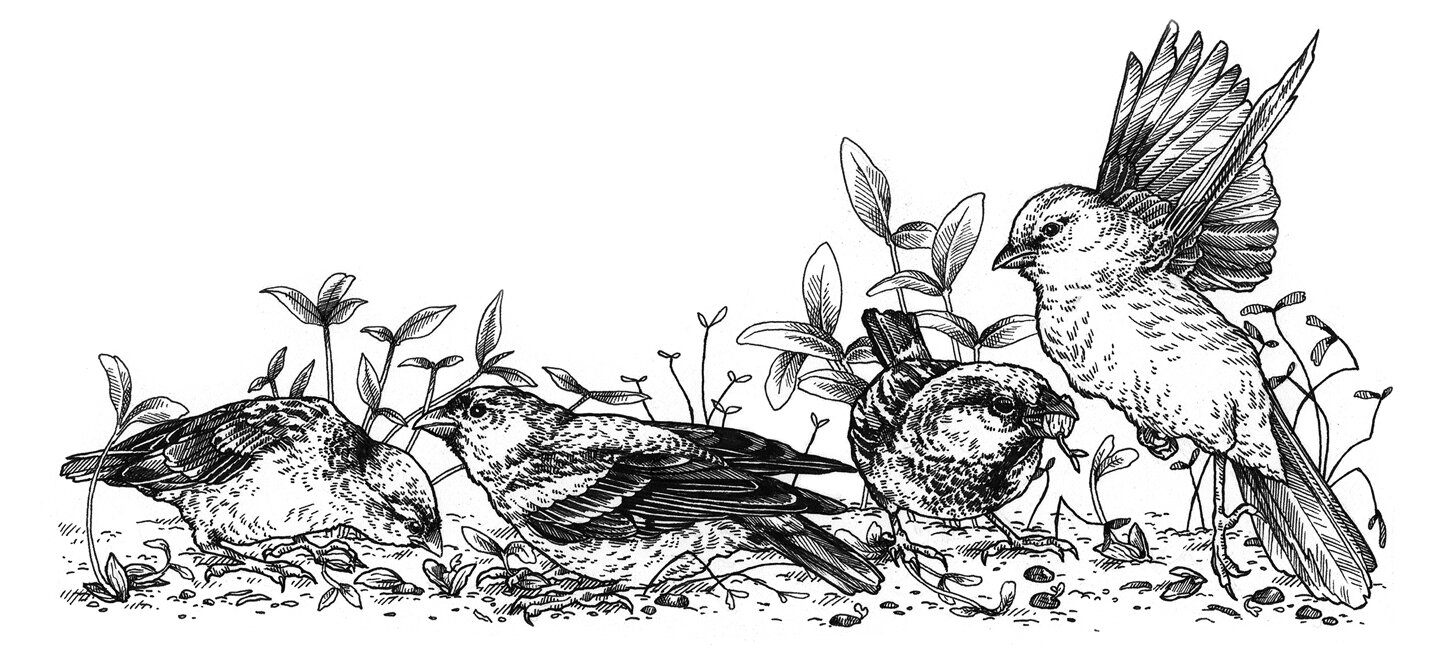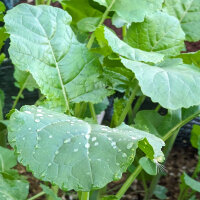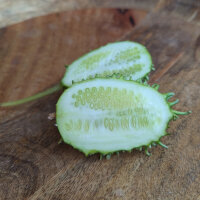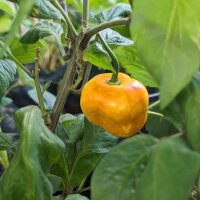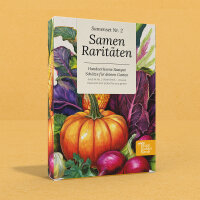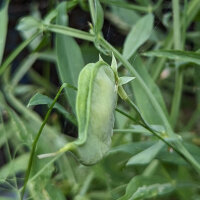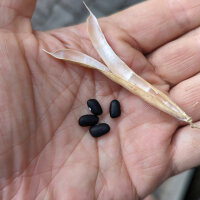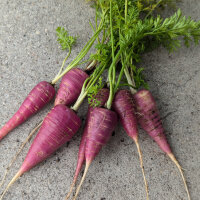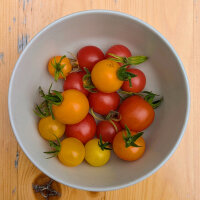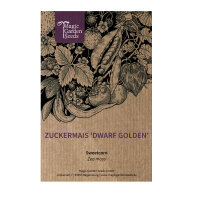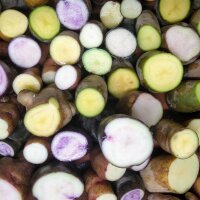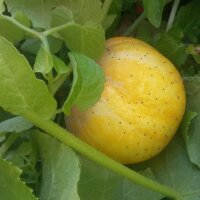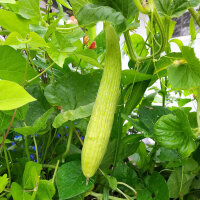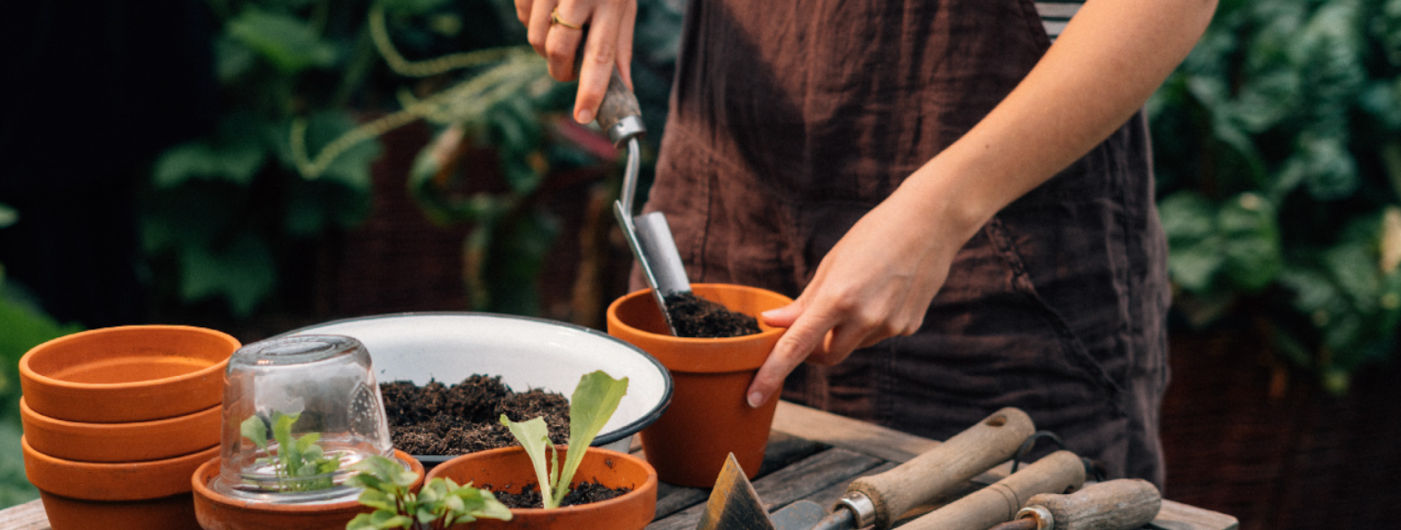Qual è la durata di conservazione dei semi?
Le domande che riceviamo più frequentemente riguardano la capacità di germinazione dei semi.
Per quanto tempo si conservano i semi? Cosa succede quando sono troppo vecchi? Quando è necessario ordinarne di nuovi e sostituire quelli vecchi?
I semi che possono essere messi in commercio devono avere una capacità germinativa di almeno il 50%.
Se la semina è avvenuta correttamente, dunque, la metà dei semi contenuti nella bustina dovrebbe germogliare.
Verifichiamo regolarmente la capacità di germinazione dei nostri semi utilizzando il cosiddetto “test di germinazione”. Questo controllo di qualità garantisce che i nostri semi abbiano almeno questa capacità di germinazione richiesta.
Tuttavia, la maggior parte delle sementi ha una capacità germinativa dell'80-98% quando viene confezionata nelle nostre bustine, perché vogliamo che i nostri clienti possano avere un’esperienza di semina di successo, soddisfacente e senza intoppi.
I semi non hanno una data di scadenza. A seconda della varietà di pianta, la capacità di germinazione dei semi può variare da pochi mesi a molti decenni.
Come puoi riconoscere la durata di conservazione dei semi sulle nostre bustine?
Naturalmente sappiamo per quanto tempo ogni varietà germoglierà nelle migliori condizioni. Per questo motivo, a partire dalla metà del 2023, abbiamo deciso volontariamente di indicare una durata minima di conservazione sulle nostre bustine di semi.

Da allora, tutte le bustine di semi prodotte hanno una data di scadenza stampata sul lembo della bustina (riconoscibile dal testo: Semina fino a: / Da consumarsi preferibilmente entro:).
Questa indica la data a partire dalla quale si prevede che la capacità germinativa dei semi scenda al di sotto del 50%.
È quindi possibile effettuare un test di germinazione anche dopo la data di scadenza. Presumibilmente alcuni semi germineranno ancora, ma saranno meno numerosi o si svilupperanno meno vigorosamente.
Naturalmente, in circolazione ci sono ancora anche bustine di semi più vecchie, prodotte prima della metà del 2023. Non possiamo semplicemente buttarle via, perché i semi in esse contenuti possono ancora essere conservati.
Ecco alcuni esempi di quanto a lungo i semi possano germogliare se conservati in modo appropriato:
- 5-10 anni: pomodori, melanzane, carciofi, cetrioli e molti tipi di cavoli.
- 3-5 anni: zucche, barbabietole, piselli, fagioli, bietole, spinaci, carote.
- 2-3 anni: finocchio, aneto, coriandolo, prezzemolo, pastinaca, alcuni tipi di cipolla.
- Meno di 2 anni: molte piante tropicali come il caffè, la scorzonera, alcuni tipi di cipolla come l'erba cipollina.
Sulle nostre vecchie bustine di semi trovi la data di riempimento stampata sul retro (riconoscibile dal testo: "confezionata il:").
Prima della metà del 2023 non avevamo specificato una data di scadenza perché la capacità germinativa dei semi può variare notevolmente a seconda della specie vegetale e dipende anche da fattori esterni come lo stoccaggio.
Dal momento in cui i semi lasciano la nostra sede, non possiamo più influenzare e controllare queste circostanze esterne.

Cosa puoi fare per migliorare la germinazione?
- Acquista solo la quantità di semi che utilizzi in un anno. In questo modo avrai sempre dei semi freschi.
- Conserva i semi al buio, all'asciutto e a temperature moderate.
- Quando semini, segui le istruzioni riportate sulla confezione. Ad esempio, alcuni semi hanno bisogno di luce, molto calore o persino di un'esposizione prolungata al freddo per germinare.
- Prima di smaltire i semi, fai un test di germinazione. Qui ti spieghiamo come farlo.

